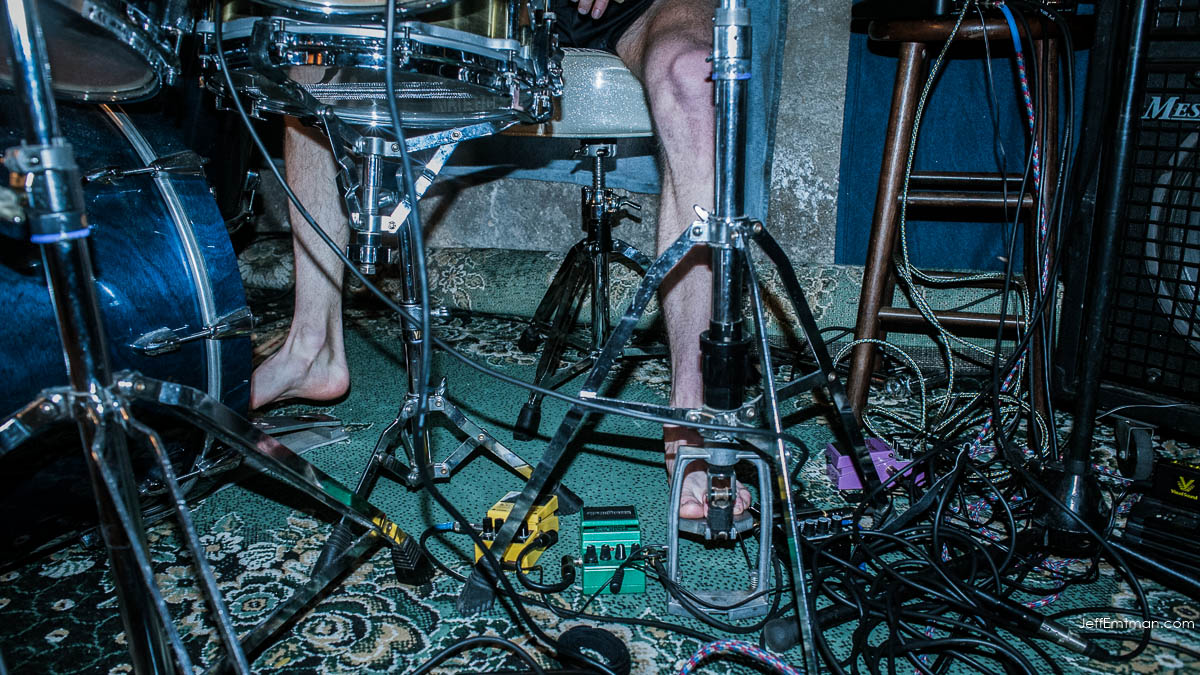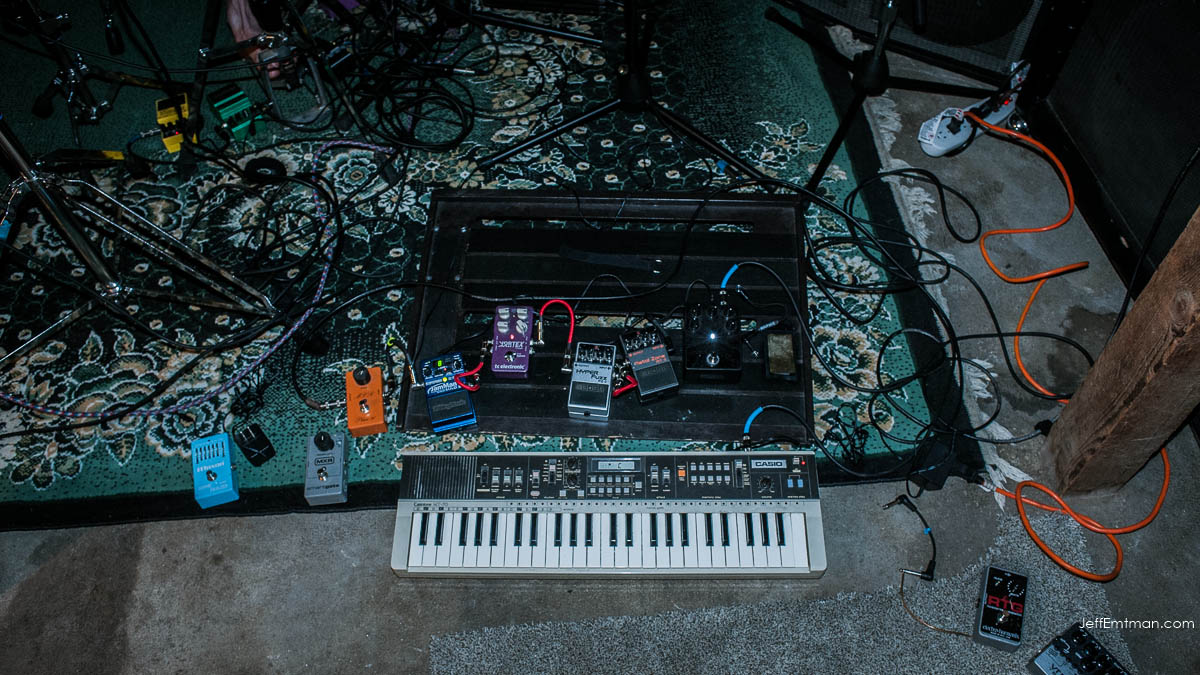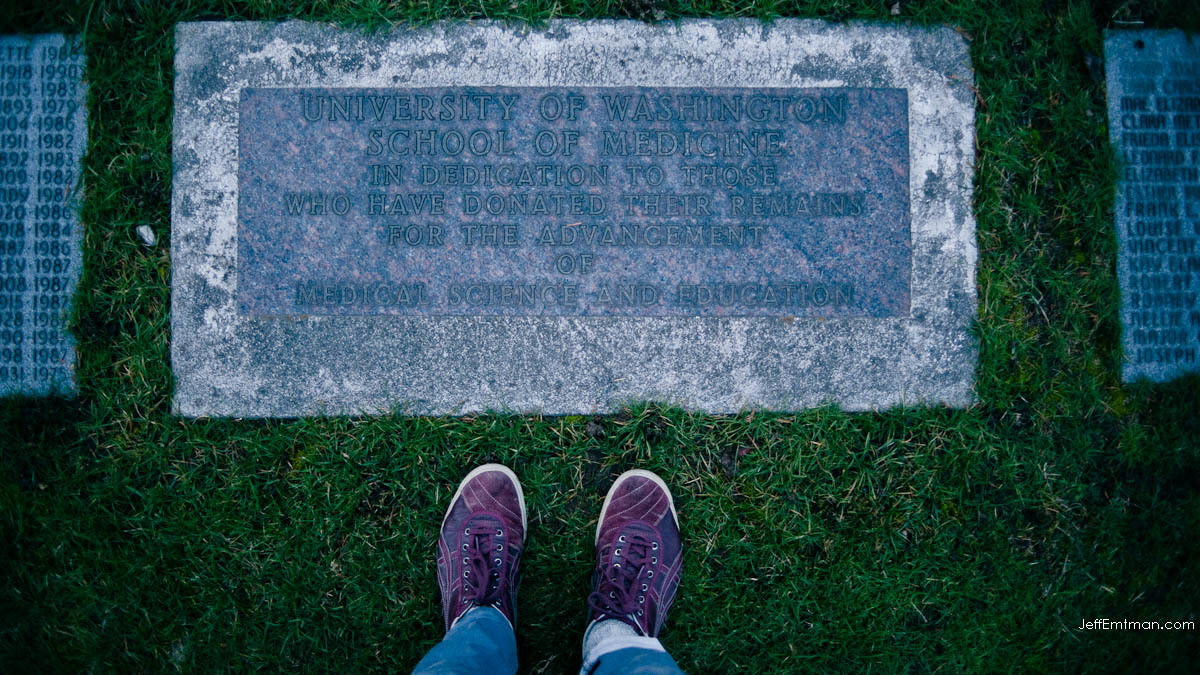HBM034: The Grandmother and The Vine Of The Dead
/Ayahuasca is one of the most powerful and most illegal hallucinogens in the world. It contains DMT. But, for as long as anyone can remember, it's been used by people who have wanted to know more about the universe.
These people have traditionally been involved with shamanic tribes of the Amazon Rainforest, but in recent years, more and more people have had access to Ayahuasca through ceremonies lead by shamans in countries near the South American Equator.
Ayahuasca (also called Iowaska, Yagé, Vine of the Dead, La Madrecita, El Abuelo, etc.) is not a party drug. In fact, it can be absolutely terrifying...Ayahuasca has a reputation for spewing up the taker's darkest fears in front of visuals of multi-dimensional cosmic weirdness and forcing them to confront every dark thought they've ever had. But it also has a potential for intense healing.
In this episode, producer Lauren Stelling visits her old boss Cherub, who was facing a lot of grief after her best friend's daughter, Zippy, was killed in a freak accident of nature.
Cherub was seeking alternatives to the common American treatments for grief, so, she flew away from her home in Washington State, down to a tropical rain forest where shamans guided her on a week-long Ayahuasca journey to find healing from her grief.
The episode was produced by Lauren Stelling. She's a photographer living and working in Seattle, Washington. Check out her beautiful photographs.
If you liked this show, you'll also love HBM015: Jacob Visits Saturn. It's about MDMA therapy and feeling small.
Big thanks to Choque Chinchay Journeys, who provided the recordings of icaros for this episode.
Music:
Serocell ←New!
Monster Rally ←New!
Half Ghost
Please rate the show on iTunes and/or tweet it to all your pals.
































